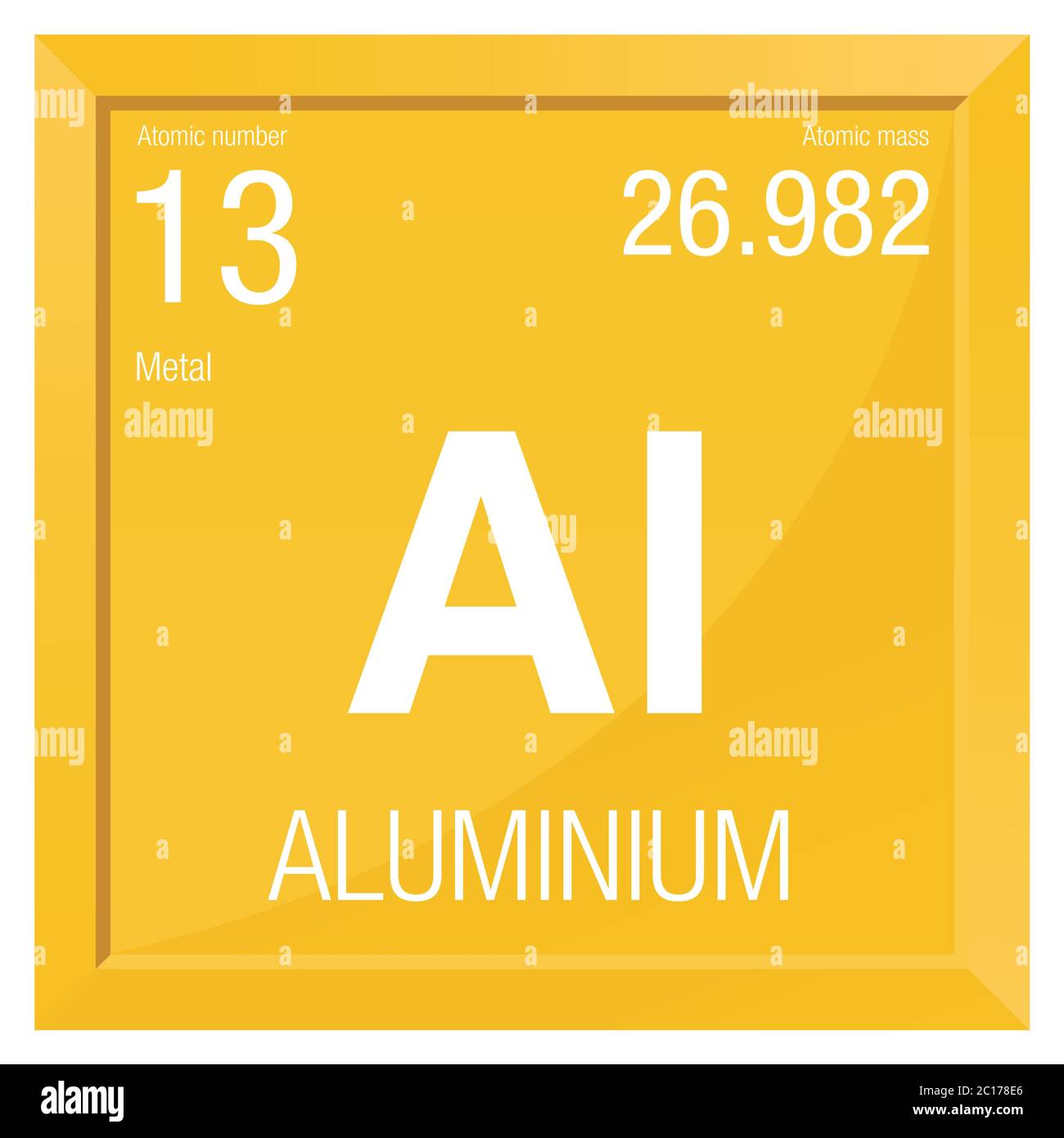

Elements of the group have one s-electron in the outer electron shell. Ī Group 1 is composed of hydrogen (H) and the alkali metals. In history, several sets of group names have been used, based on Roman numberings I–VIII, and "A" and "B" suffixes. Also, trivial names (like halogens) are common. Modern group names are numbers 1–18, with the 14 f-block columns remaining unnumbered (together making the 32 columns in the periodic table). In astrophysics and nuclear physics, it usually refers to iron, cobalt, nickel, chromium, and manganese. An exception is the " iron group", which usually refers to " group 8", but in chemistry may also mean iron, cobalt, and nickel, or some other set of elements with similar chemical properties. For example, group 16 is also described as the "oxygen group" and as the " chalcogens". Groups may also be identified using their topmost element, or have a specific name. Similar variation on the inner transition metals continues to exist in textbooks, although the correct positioning has been known since 1948 and was twice endorsed by IUPAC in 1988 (together with the 1–18 numbering) and 2021. The system of eighteen groups is generally accepted by the chemistry community, but some dissent exists about membership of elements number 1 and 2 ( hydrogen and helium). It replaces two older incompatible naming schemes, used by the Chemical Abstract Service (CAS, more popular in the United States), and by IUPAC before 1988 (more popular in Europe). The modern numbering system of "group 1" to "group 18" has been recommended by the International Union of Pure and Applied Chemistry (IUPAC) since 1988. There are three systems of group numbering for the groups the same number may be assigned to different groups depending on the system being used. The elements in a group have similar physical or chemical characteristics of the outermost electron shells of their atoms (i.e., the same core charge), because most chemical properties are dominated by the orbital location of the outermost electron. There are 18 numbered groups in the periodic table the 14 f-block columns, between groups 2 and 3, are not numbered. In chemistry, a group (also known as a family) is a column of elements in the periodic table of the chemical elements. Therefore, there are various non-equivalent definitions of atomic radius.In the periodic table of the elements, each column is a group.
#Number 17 periodic table free
However, this assumes the atom to exhibit a spherical shape, which is only obeyed for atoms in vacuum or free space. The atomic radius of a chemical element is a measure of the distance out to which the electron cloud extends from the nucleus. It must be noted, atoms lack a well-defined outer boundary.

The atomic radius of Chlorine atom is 102pm (covalent radius). Note that, each element may contain more isotopes, therefore this resulting atomic mass is calculated from naturally-occuring isotopes and their abundance.

The atomic mass is carried by the atomic nucleus, which occupies only about 10 -12 of the total volume of the atom or less, but it contains all the positive charge and at least 99.95% of the total mass of the atom. The atomic mass or relative isotopic mass refers to the mass of a single particle, and therefore is tied to a certain specific isotope of an element. Mass numbers of typical isotopes of Chlorine are 35 37. Isotopes are nuclides that have the same atomic number and are therefore the same element, but differ in the number of neutrons. The difference between the neutron number and the atomic number is known as the neutron excess: D = N – Z = A – 2Z.įor stable elements, there is usually a variety of stable isotopes.

Neutron number plus atomic number equals atomic mass number: N+Z=A. The total number of neutrons in the nucleus of an atom is called the neutron number of the atom and is given the symbol N. The total electrical charge of the nucleus is therefore +Ze, where e (elementary charge) equals to 1,602 x 10 -19 coulombs. Total number of protons in the nucleus is called the atomic number of the atom and is given the symbol Z. Atomic Number – Protons, Electrons and Neutrons in ChlorineĬhlorine is a chemical element with atomic number 17 which means there are 17 protons in its nucleus.


 0 kommentar(er)
0 kommentar(er)
